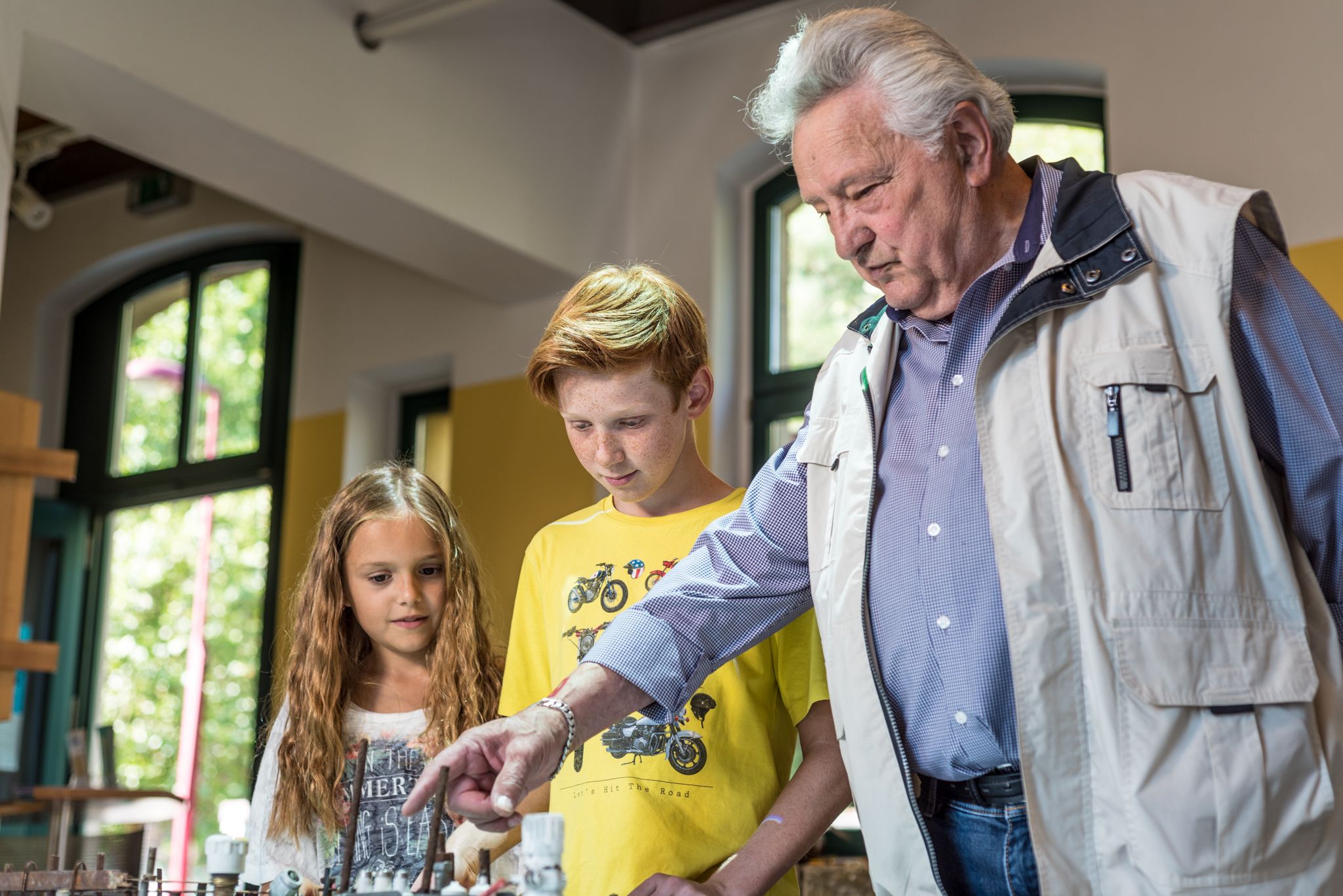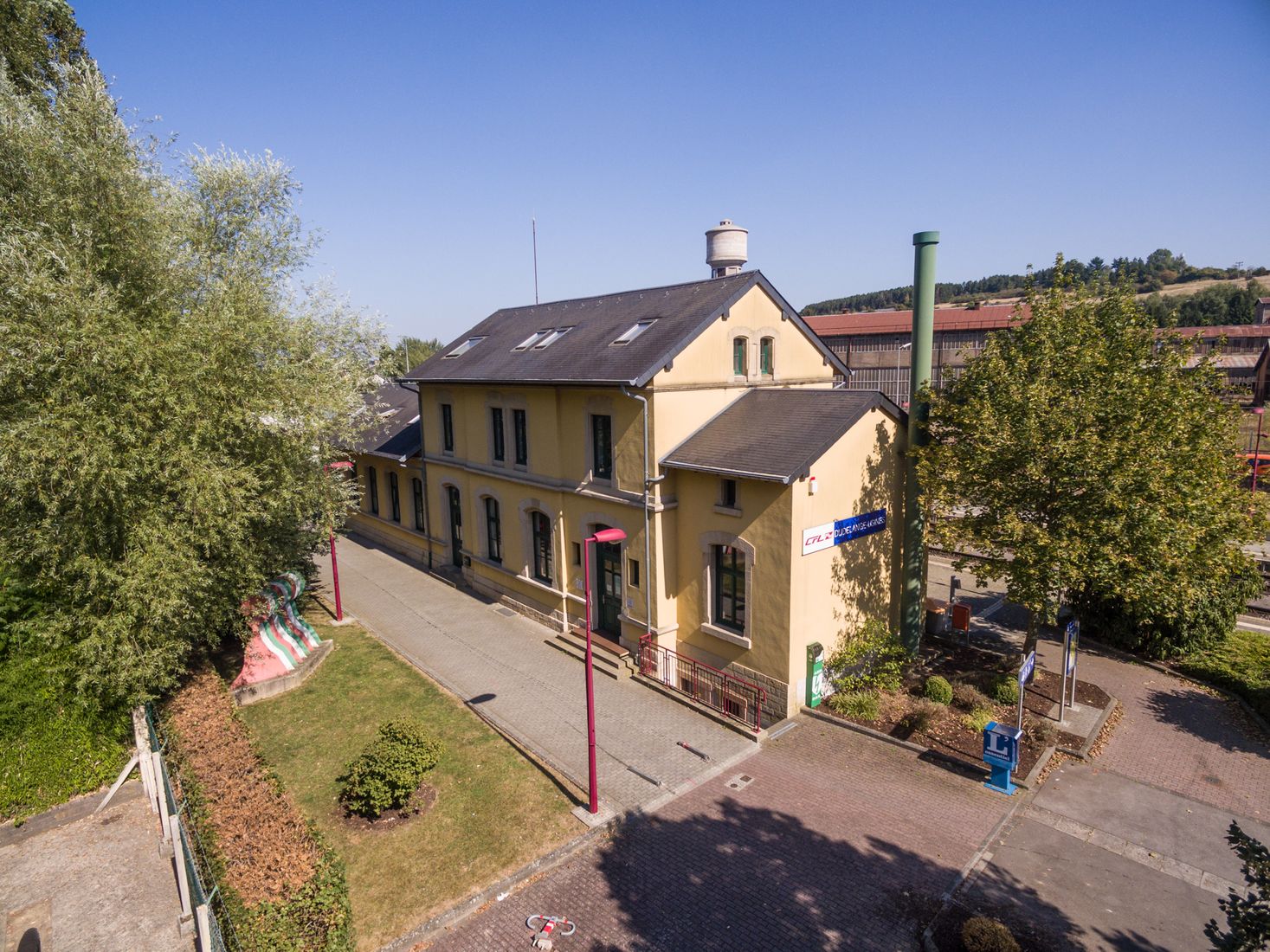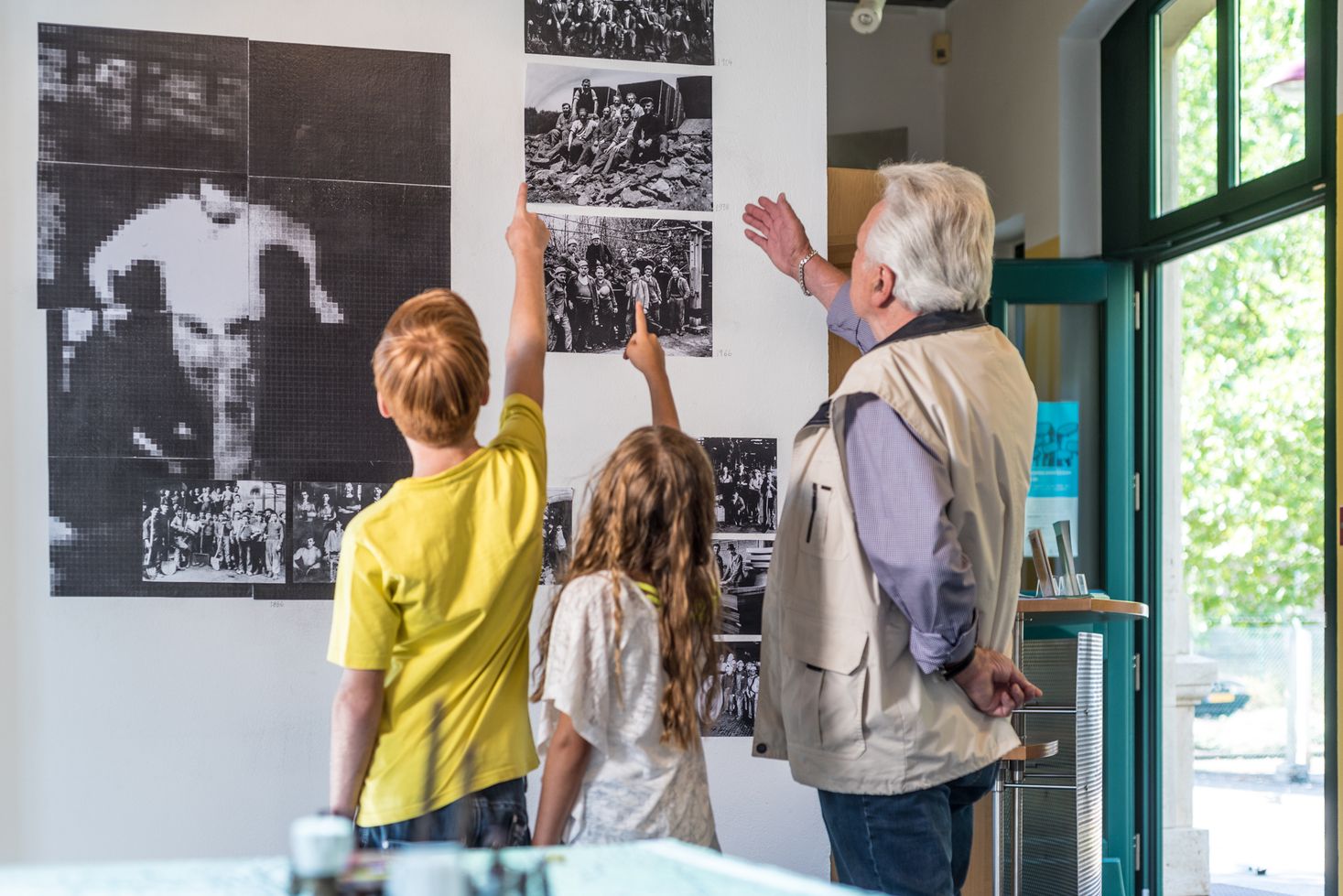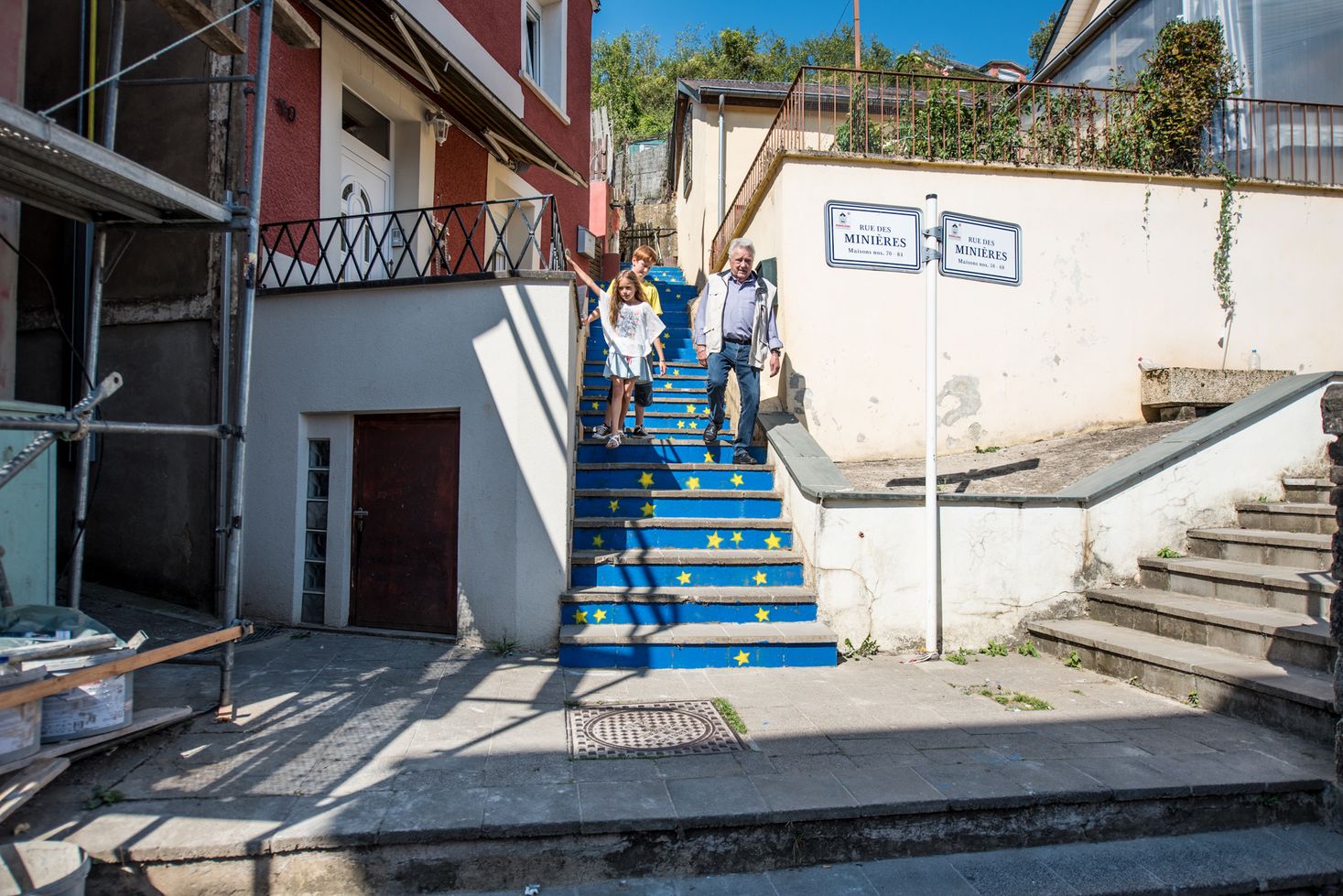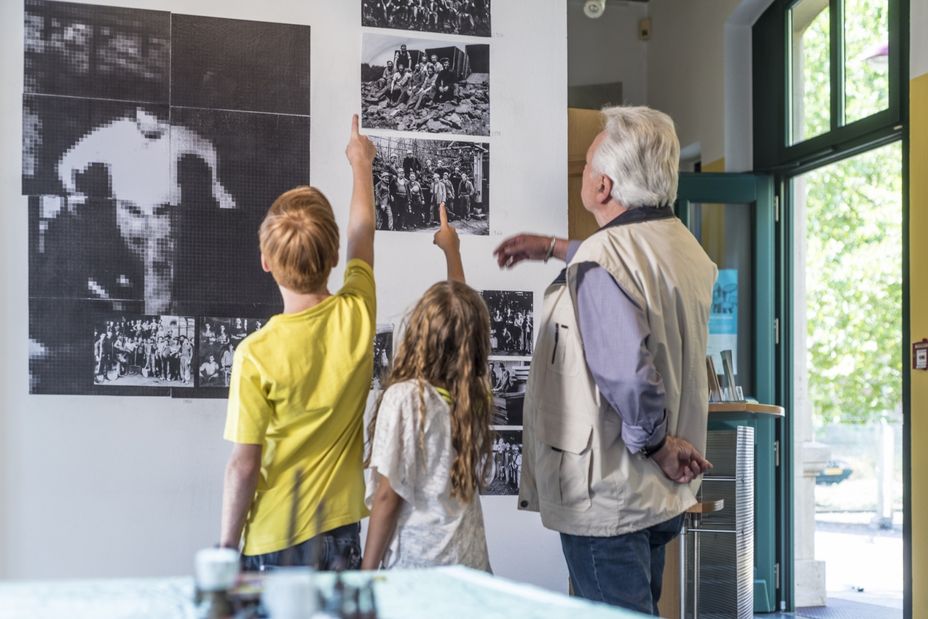Migration History
Established in 1996, in the Gare-Usines station that serves the “Italie” district in Dudelange, the Documentation Centre for Human Migrations (CDMH) is managed by a non-profit organisation. Its purpose is the study of migration in Luxembourg and in the Grande-Région, encompassing the past and the present. Focused on Luxembourg society and its diversity, it resolutely pursues these objectives, acting as an interface between heritage institutions (archives, libraries, museums), the voluntary sector, research, and the general public.
The activities of the CDMH are financed by multi-annual agreements with the Ministry of Culture and the Ville de Dudelange.
The CDMH collects archives, manages a specialist library, initiates and supports research, takes part in the dissemination of academic knowledge by all appropriate means (lectures, study days. seminars, workshops, publications, and exhibitions). The traditional “Sunday meetings” serve in particular as a framework for the discussion of scientific, literary and artistic work on the subject of migration.
The CDMH has a particular interest in the heritage associated with migration and highlights this aspect by presenting it through specific itineraries.
The implementation of the activities of CDMH depends largely on volunteer work. This is incorporated from day to day by the presence of two employees who provide the general co-ordination of activities as well as the running of the library.
The Document Centre takes part in scientific and heritage networks (archives, museums, libraries) at regional and international level on subjects relating to migration, and in particular the “Institut für Migrations- und Regionalgeschichte (IRM)” and the “Association of European Migration Institutions (AEMI)”.
